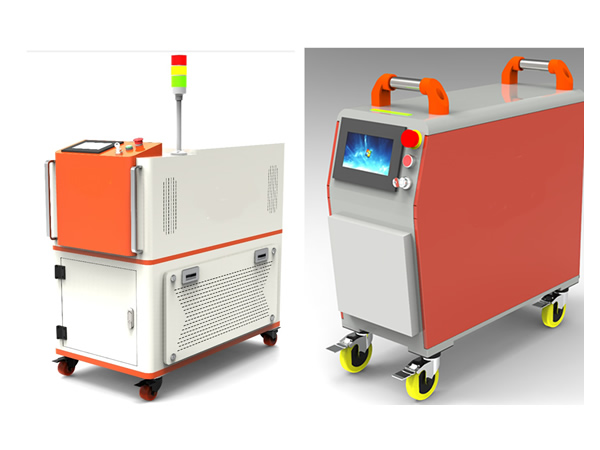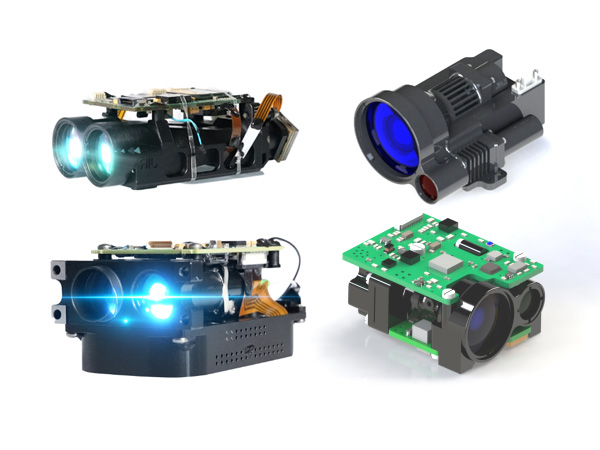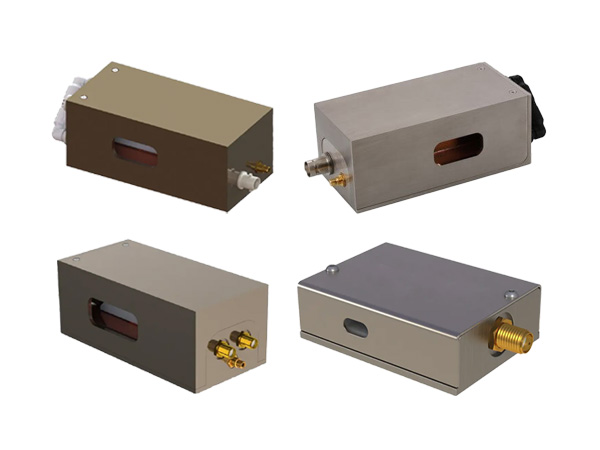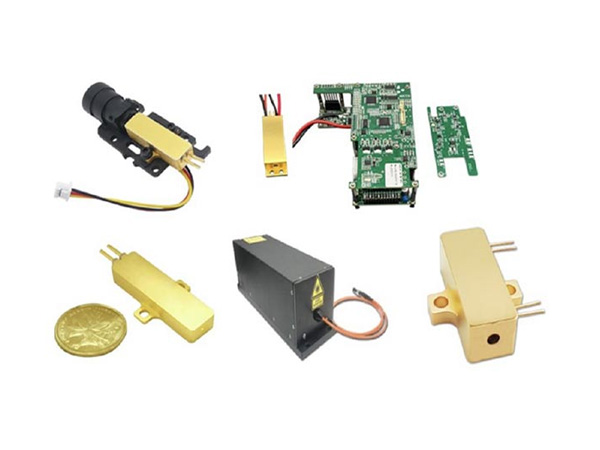Lasers for Holography and Imaging
Apart from its frequent application in the arts, holography is also extensively used to prevent forgery in currency or documents, due to the difficulty in reproducing these holograms without the original light source. This requirement for highly accurate phase information is what mandates the use of lasers with excellent spatial and temporal coherence.
Holography is also being hailed as a key technology behind the next wave of Digital Data Storage. It is used to create a 3D interference pattern over the entire volume of the storage material, rather than only on the surface, and greatly increases the information density as well as increasing data read and write speeds.Holography also underpins the growing applications of augmented and virtual reality devices, which require extremely high resolutions - combining digital holography with tomographic imaging.
Several factors relating to the laser source are critical and common to these Holographic applications.1. Narrow Linewidth
The coherence length, or narrow linewidth, of the laser is a key characteristic that needs to be considered. Any phase difference between the two light paths will reduce the resolution available in the final image. This is not so critical during the reproduction of holographic plates and the coherence can be much shorter.
2. High Power
As with standard photography, the creation of a holographic image requires an exposure time, which is dependent on the sensitivity of the recording media and the amount of light that is available. Higher power laser outputs offer shorter exposure times and larger fields of view.3. Wavelength Stability
For static objects in a vibration isolated environment, exposure time becomes less critical and lower power lasers can be considered. Instead, wavelength stability becomes critical, as a slight drift or mode-hopping of the wavelength can cause distortion of the final image.
4. Wavelength
The final consideration when looking at lasers for holography is the wavelength needed for the best results. Security labels would be ineffective if they were recorded in the IR region, outside the range of the human eye, and many modern holographic images are created using multiple wavelengths, red, green and blue, in order to produce a coloured final image.Holographic applications that do not rely on the eye can be operated out with the visible spectrum and data storage, for instance, would indeed benefit from shorter UV wavelengths, leading to higher information density.
UniKLasers design and manufacture high power, single frequency laser sources with unrivalled wavelength stability, narrow linewidths, and long coherence lengths over a range of wavelengths within a small footprint. We currently offer single frequency lasers in the red and green areas of the visible spectrum with our Solo 640 Series and Duetto 532 Series respectively; to complement our development of a blue Duetto 442, to facilitate high resolution, full colour holograms.
For more information on single frequency lasers, please click here.
 English
English Français
Français Deutsch
Deutsch euskara
euskara Русский язык
Русский язык Italiano
Italiano Português
Português Nederlands
Nederlands Polski
Polski Greek
Greek Lietuva
Lietuva Türkçe
Türkçe 日本語
日本語 한어
한어 中文
中文 தாமில்
தாமில் فارسی
فارسی हिंदी
हिंदी Tiếng Việt
Tiếng Việt ภาษาไทย
ภาษาไทย Pilipino
Pilipino Indonesia
Indonesia தாமில்
தாமில்





